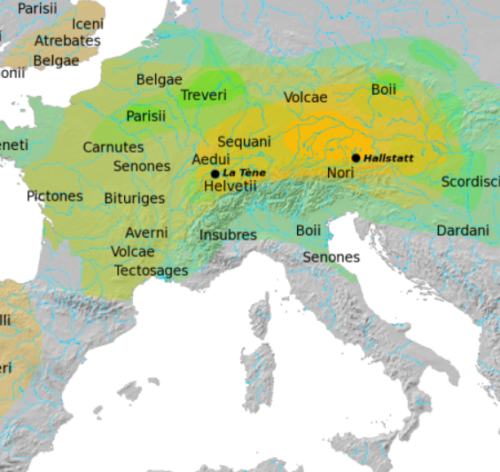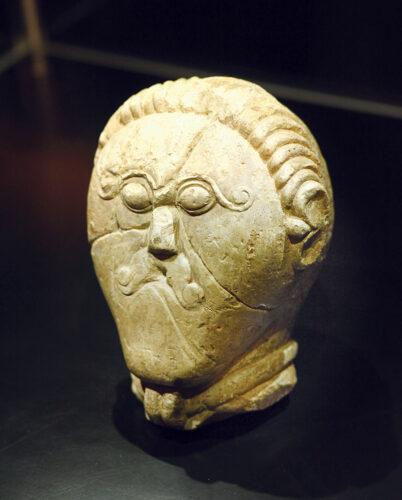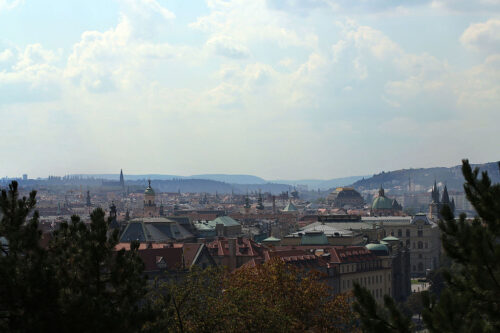Birth
The earliest signs of human presence in the Prague basin go back to the Old Stone Age and the first groups of roaming hunters about a million years ago. Archaeological finds of long-term habitation around modern-day Prague and Vltava River take us back to the Late Neolithic period (5500 BC-4500 BC) when various tribes made use of the fertile soil and abundant fresh water of the area.
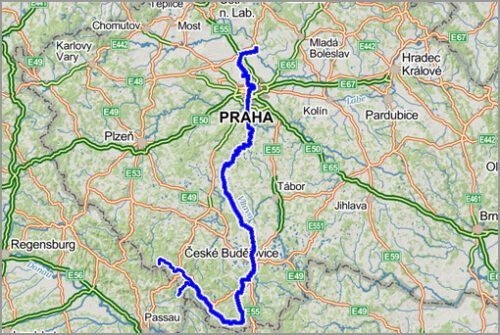
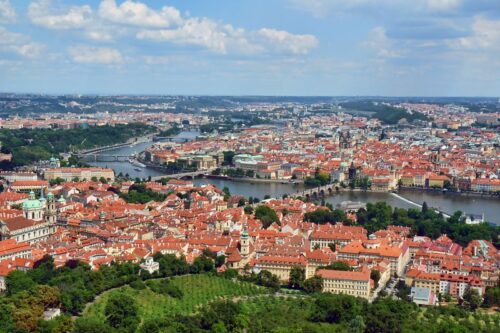
The Celtic nation of Boii which settled in the wider region around 500 BC, were the ones who gave their name to the country (Bohemia=home of the Boii) and the ones who named River Vltava (probably derived from the old Germanic words “wilt ahwa” meaning “wild water”).
Around 200 BC the Boii established two fortified settlements (oppidum), the one on the north, outside the borders of today’s capital, on top of the steep hill of Hradiště was called Závist. The second just south of Prague was called Šance. The two settlements were connected by a line of fortifications nine kilometers long, the extent of the area is about 170 hectares in total.
